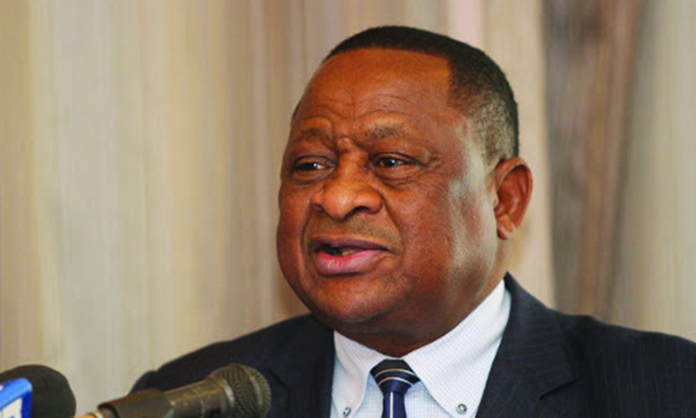The Ministry of Health and Social Services is still faced with a lack of skilled professionals.
These include optometrists, audiologists, dieticians, speech and language therapists and clinical technologists, says health minister Kalumbi Shangula.
He said this at the Government Information Centre on Wednesday while highlighting his ministry’s performance in the 2022/23 financial year.
Other professionals lacking include sonographers, dental technicians, psychologists, orthopaedic technicians and medical orthotists.
Shangula said there is a need for the funding of undergraduate training in these fields of study.
“A request has been submitted to the Office of the Prime Minister to abolish 1 784 posts, create 1 871 posts, and identify 1 493 additional posts and 861 positions for new services to align with the current health needs,” he said.
Shangula said the Namibian population has increased from 2,1 million in 2011 to about 3 million in 2023, which has implications for the delivery of health and social services.
“Most of our health infrastructure was established when the population of Namibia was 1,4 million,” Shangula said.
Currently, more than 85% of the population relies on public health and social services.
“These include 322 clinics, 56 healthcare centres, four district hospitals, one national referral hospital and 150 outreach points,” he said.
He said the ministry has introduced various programmes and activities to improve access to public health and social services, such as the construction of new health facilities, the maintenance of existing facilities, the procurement of medical equipment and pharmaceutical supplies.
Shangula reflected on the various achievements the government has recorded both at national and international level, such as its efforts to ending the AIDS pandemic as a public health threat by 2030.
The country has also been awarded the silver tier by the World Health Organisation on the journey to eliminating mother-to-child transmission of hepatitis B, and the bronze tier for its progress on eliminating mother-to-child transmission of HIV as a public health concern.
“Prior to the Covid-19 pandemic, intensive care unit (ICU) beds were limited to Windhoek Central Hospital and Onandjokwe Intermediate Hospital with 35 ICU beds, which has increased to 97 beds across all 14 regions, with Katima Mulilo and Keetmanshoop districts having been complemented in 2023,” Shangula said.
To limit the referrals of state patients to Rundu , Oshakati and Windhoek as well as service providers, renal dialysis treatment has been increased to seven hospitals, with Oshakati and Katutura intermediate hospitals receiving 16 machines.
Rundu Intermediate Hospital received eight, Keetmanshoop District Hospital five, while Katima Mulilo, Walvis Bay and Otjiwarongo received six dialysis machines.
“Renovations at the Windhoek Central Hospital complex and Oshakati Intermediate Hospital have been finalised, while renovations to the units at Keetmanshoop and Rundu have commenced,” he said.
Walvis Bay and Otjiwarongo documentation and bid advertisements are being undertaken, he said.
Over the years the Central Medical Stores has experienced challenges at service level, which was at 92% during the 2007 to 2009 financial years, to as low as 58% in the 2017/18 financial year.
This was highly attributed to the procurement bottlenecks, delayed delivery by medical stores suppliers and the increasing demand and order volumes of healthcare facilities.
The ministry developed a Central Medical Stores Namibia turnaround strategy phase 2, which provides for improvements in storage infrastructure.
Stay informed with The Namibian – your source for credible journalism. Get in-depth reporting and opinions for
only N$85 a month. Invest in journalism, invest in democracy –
Subscribe Now!










